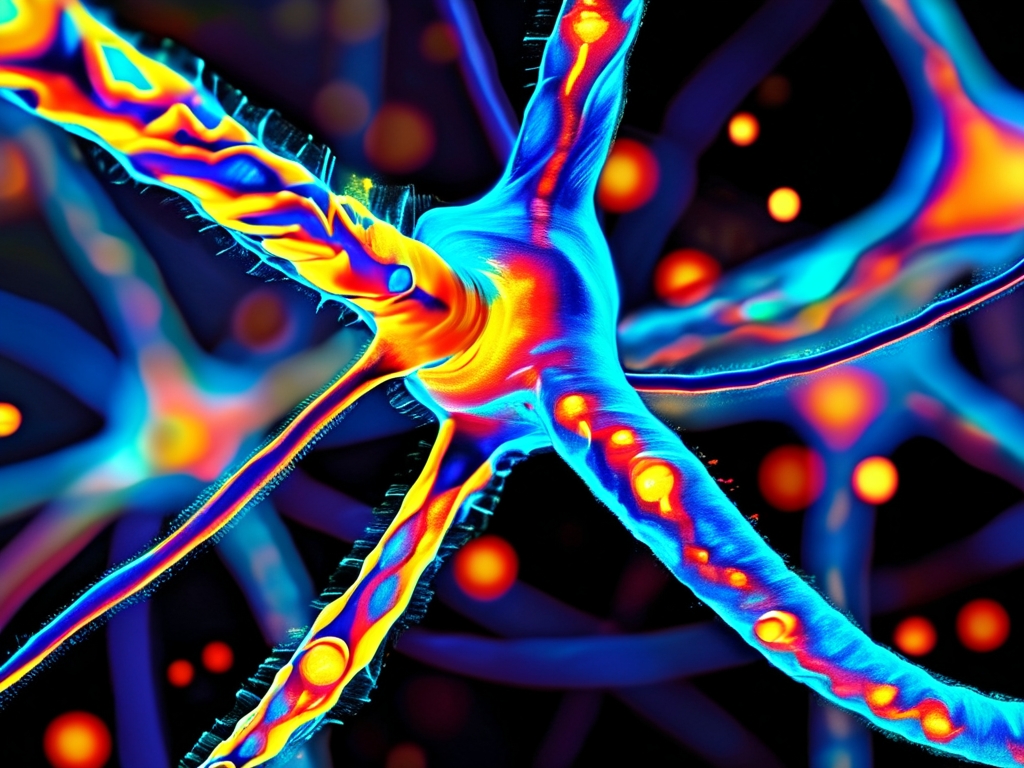In the modern era, computer networks form the backbone of global communication, enabling everything from social media interactions to international financial transactions. Understanding the fundamentals of computer network connectivity is essential for grasping how data flows across devices, systems, and continents. This article explores the core concepts, technologies, and challenges that define network connectivity.

1. What is a Computer Network?
A computer network is a collection of interconnected devices that communicate and share resources. These devices, known as nodes, include computers, servers, routers, switches, and IoT gadgets. Networks are classified by their scale:
- LAN (Local Area Network): Connects devices within a limited area, such as an office or home.
- WAN (Wide Area Network): Spans large geographical areas, often using leased telecommunication lines (e.g., the internet).
- MAN (Metropolitan Area Network): Covers a city or campus.
- PAN (Personal Area Network): Links devices within an individual’s workspace (e.g., Bluetooth).
The primary goal of networking is to enable resource sharing (files, printers), communication (email, video calls), and centralized management (cloud services).
2. Key Components of Network Connectivity
Hardware
- Routers: Direct data between networks (e.g., connecting a LAN to the internet).
- Switches: Connect devices within a LAN, using MAC addresses to forward data efficiently.
- Modems: Convert digital signals to analog for transmission over telephone lines (less common in fiber-optic eras).
- Cables and Wireless Media: Ethernet cables (Cat5e, Cat6), fiber optics, Wi-Fi, and cellular networks.
Software
- Protocols: Rules governing data transmission. Key examples include:
- TCP/IP: The foundation of internet communication, ensuring reliable data delivery.
- HTTP/HTTPS: For web browsing.
- DNS: Translates domain names (e.g., google.com) to IP addresses.
- Network Operating Systems (NOS): Manage network resources (e.g., Windows Server, Linux).
3. The OSI Model: A Framework for Networking
The Open Systems Interconnection (OSI) model divides networking into seven layers, each handling specific tasks:
- Physical Layer: Transmits raw bits over cables or wireless signals.
- Data Link Layer: Manages node-to-node data transfer (e.g., MAC addressing).
- Network Layer: Routes data between networks using IP addresses.
- Transport Layer: Ensures end-to-end communication (TCP/UDP).
- Session Layer: Manages connections between applications.
- Presentation Layer: Translates data formats (e.g., encryption).
- Application Layer: Interfaces with user applications (e.g., web browsers).
Understanding this model helps troubleshoot issues and design scalable networks.
4. IP Addressing and Subnetting
Every device on a network has a unique IP address, which identifies its location. IPv4 (e.g., 192.168.1.1) remains widely used, but IPv6 (e.g., 2001:0db8:85a3::8a2e:0370:7334) is growing due to its larger address space.
Subnetting divides a network into smaller segments to improve performance and security. For example, a company might create subnets for HR, finance, and engineering departments.
5. Wireless Networking and Modern Challenges
Wi-Fi (IEEE 802.11 standards) revolutionized connectivity by eliminating physical cables. However, wireless networks face challenges like:
- Interference: From other devices or physical obstacles.
- Security Risks: Unauthorized access (e.g., weak WPA2 passwords).
- Bandwidth Limitations: Congestion in high-density areas (e.g., stadiums).
Emerging technologies like Wi-Fi 6 and 5G aim to address these issues with faster speeds and lower latency.
6. Network Security: Safeguarding Connectivity
Cyber threats—ransomware, phishing, DDoS attacks—make security a top priority. Essential measures include:
- Firewalls: Filter incoming/outgoing traffic.
- Encryption: Protect data in transit (e.g., SSL/TLS).
- VPNs (Virtual Private Networks): Secure remote access.
- Regular Updates: Patch vulnerabilities in software and firmware.
7. The Role of Cloud Computing
Cloud platforms (AWS, Azure) have transformed networking by offering scalable, on-demand resources. Hybrid networks combine on-premises infrastructure with cloud services, while SDN (Software-Defined Networking) centralizes control for dynamic management.
8. Future Trends in Network Connectivity
- IoT Expansion: Billions of connected devices will strain existing networks, necessitating edge computing.
- AI-Driven Networks: Machine learning optimizes traffic routing and threat detection.
- Quantum Networking: Promises ultra-secure communication through quantum encryption.
Computer network connectivity is a dynamic field that underpins today’s digital civilization. From hardware components to cutting-edge protocols, mastering these fundamentals empowers individuals and organizations to build resilient, efficient, and secure networks. As technology evolves, staying informed about trends like 5G and AI will be critical for navigating the future of connectivity.







